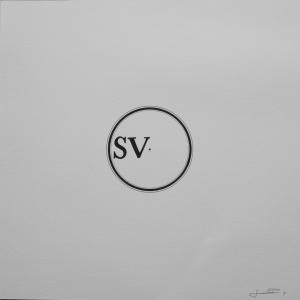
SV
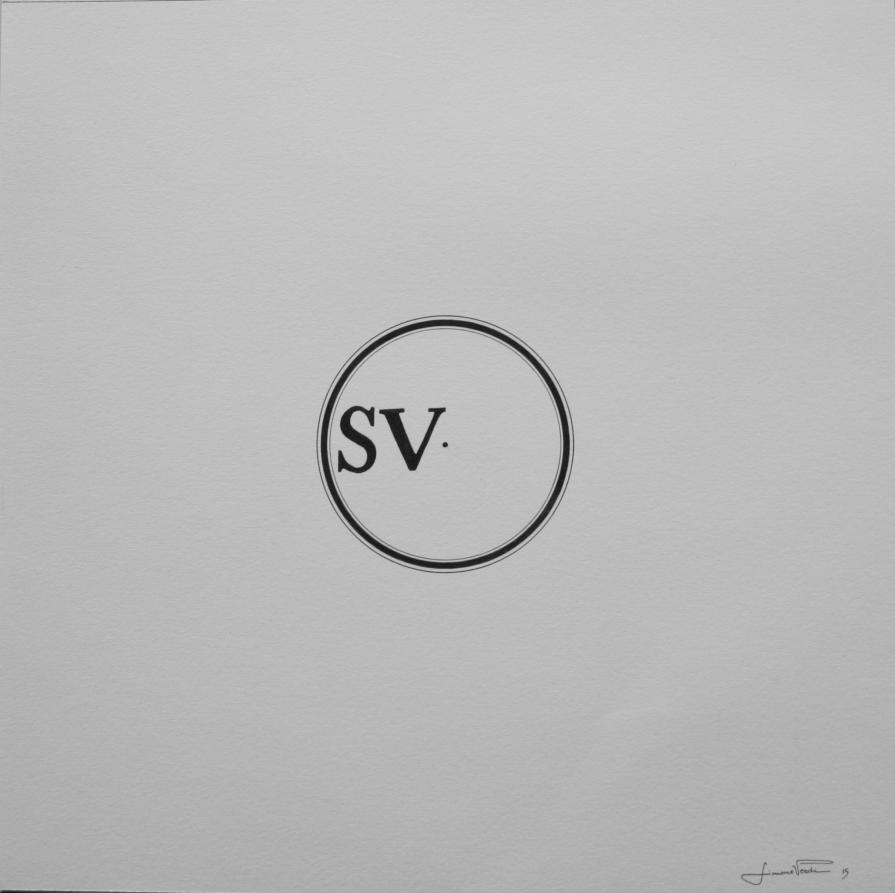
SVHRG can be defined as a journey to explore the artistry of Hans Giger. The work is divided in four parts/worlds, all strictly connected to each other, each being the key to unlock the other. The concept revolves around the surreal encounter of Simone Verdi and Hans Rudolf Giger, where the continuum is obtained through the use of the dot, intended both as a graphic symbol and as intimate representation for the artist. On the graphic level, the dot is key to Simone Verdi’s artistic approach: it is the beginning of any visual creation, it is the bridge between mind and dexterity and the maker in activating the purity and power of the drawing movement. Simultaneously, it represents the entity into which he pours his inner being, his emotions, his feelings: it can be interpreted as the artist’s abstract portrait, serving the role of observer in the epicenter of everything he’s creating, motivated by the desire to discover HR Giger. The work unfolds divided into four worlds. In the center of each of the four “squares” the artist draws a circle, which becomes larger due to the increasing eagerness to know and his creative powers firing up. The circle is a “sacred space”, therefore the choice of leaving it empty, representing the untouchable and symbolic “room” in which the imaginary meeting between HR Giger and Simone Verdi happened. At the beginning of this journey the letters SV(Simone Verdi) represent a simple and humble approach to Master Giger, walking the viewer towards a first encounter H(Hans).
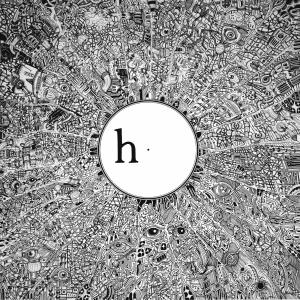
H
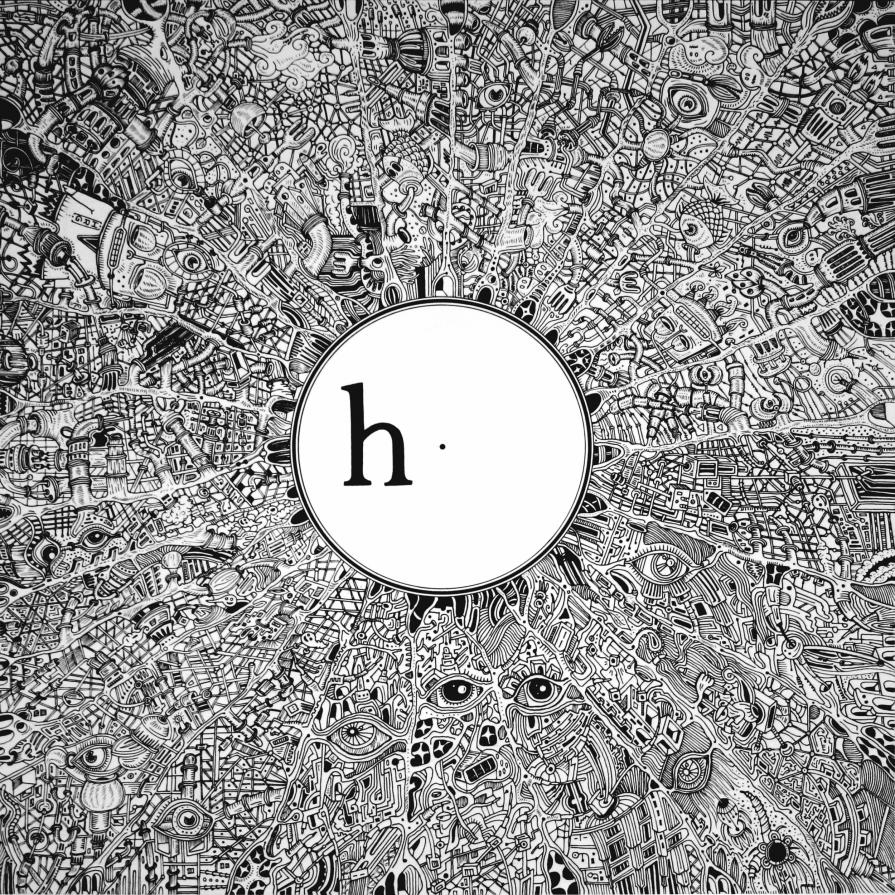
H presents a complex structure, composed by countless lines, dots and forms. The pace is set by an obsessive attention to details, the viewer’s eye is bombarded by numerous stimuli at once. The artist’s wants the viewer to stop, taking all the time necessary in order to investigate the abundance of symbols present and to allow the mind to be stimulated through vision, thanks to that unique quality called imagination.
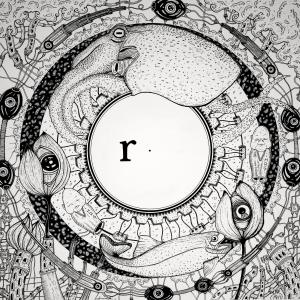
R
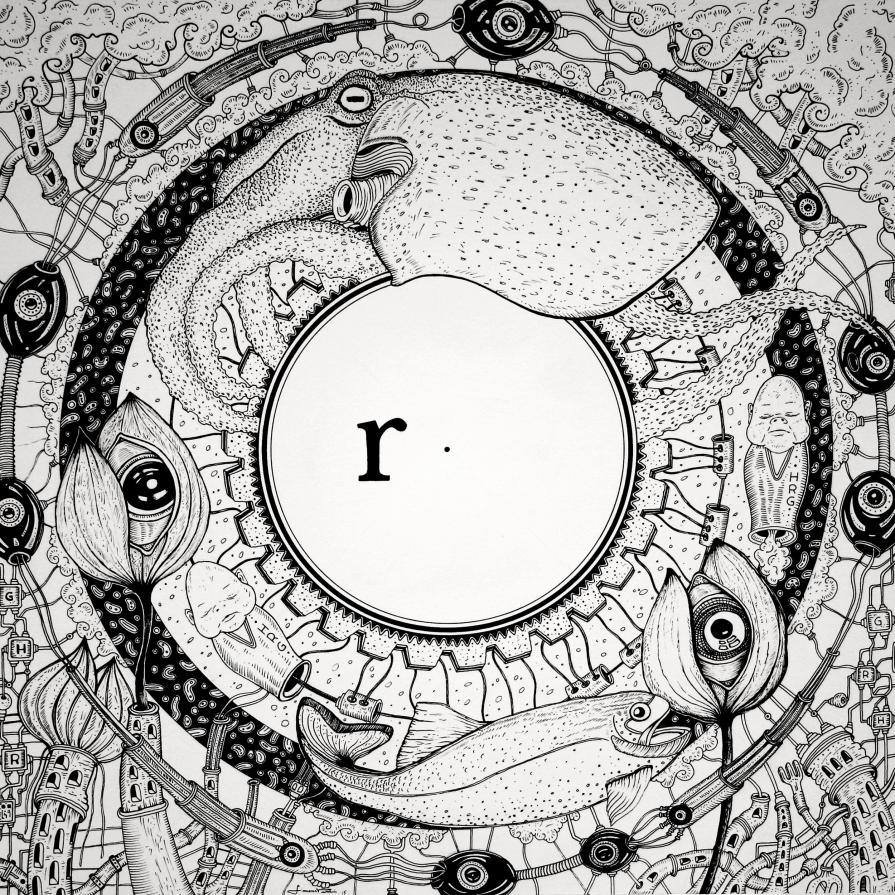
R(Rudolf) is a gigantic gear revolving around the sphere of knowledge, projecting us in a totally different environment: two huge fish are roaming in an unreal dimension composed of machines, hooks, and tubes, along with two characters purposely taken from the work “Paesaggio XVIII”. The artist identifies with these two sea beasts, floating and fighting against the modern machine of society, fearless because of his thirst for knowledge, stronger than anything else.
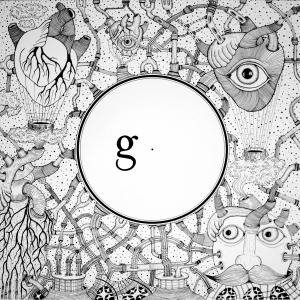
G
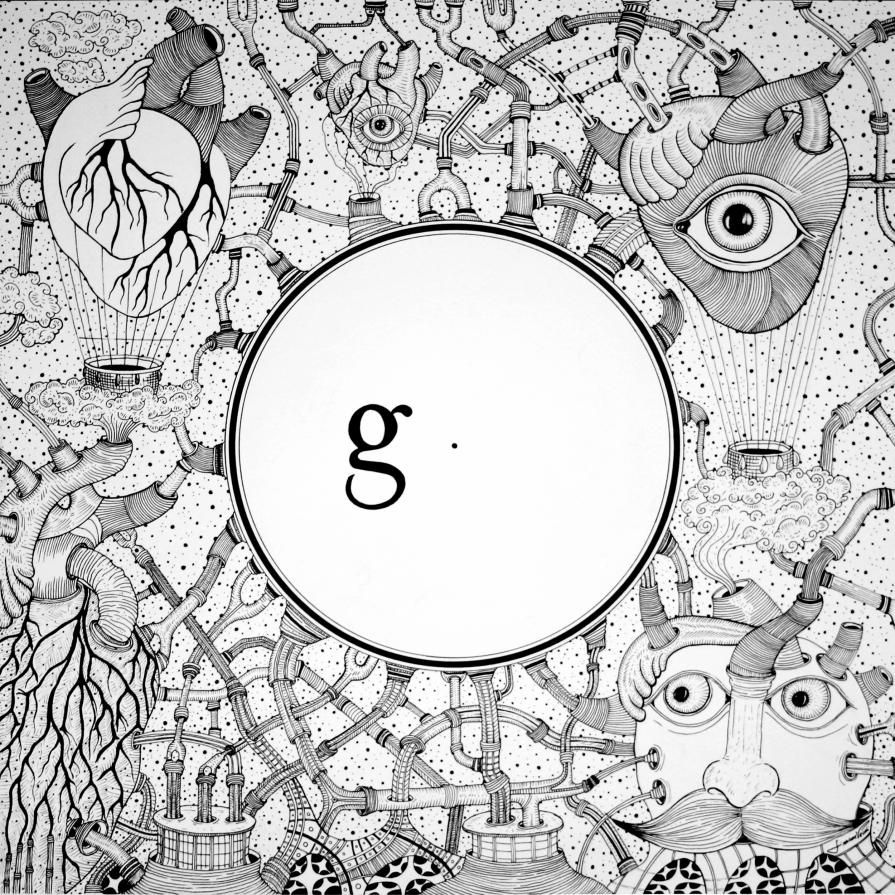
The contrasts between black and white and an increasing familiarization of Simone Verdi with HR Giger, leads us to G(Giger). The circle of knowledge has reached a considerable size now, still without overpowering the entire surface, meaning that knowledge is limitless: It can always be fueled and increased. The conclusion to the journey is an explosion of pure and true feelings, anatomic hearts are raising from paper, ventricles spread and conquer the entire surface, eyes observe through mind. Hearts fly free and light without any preoccupation, without fear of judgment: this is the moment in which knowledge has full control.
SVHRG
The work is divided in four parts/worlds, all strictly connected to each other, each being the key to unlock the other.
The concept revolves around the surreal encounter of Simone Verdi and Hans Rudolf Giger, where the continuum is obtained through the use of the dot, intended both as a graphic symbol and as intimate representation for the artist.
On the graphic level, the dot is key to Simone Verdi’s artistic approach: it is the beginning of any visual creation, it is the bridge between mind and dexterity and the maker in activating the purity and power of the drawing movement.
Simultaneously, it represents the entity into which he pours his inner being, his emotions, his feelings: it can be interpreted as the artist’s abstract portrait, serving the role of observer in the epicenter of everything he’s creating, motivated by the desire to discover HR Giger.
The work unfolds divided into four worlds. In the center of each of the four “squares” the artist draws a circle, which becomes larger due to the increasing eagerness to know and his creative powers firing up.
The circle is a “sacred space”, therefore the choice of leaving it empty, representing the untouchable and symbolic “room” in which the imaginary meeting between HR Giger and Simone Verdi happened.
At the beginning of this journey the letters SV(Simone Verdi) represent a simple and humble approach to Master Giger, walking the viewer towards a first encounter H(Hans).
H presents a complex structure, composed by countless lines, dots and forms.
The pace is set by an obsessive attention to details, the viewer’s eye is bombarded by numerous stimuli at once.
The artist’s wants the viewer to stop, taking all the time necessary in order to investigate the abundance of symbols present and to allow the mind to be stimulated through vision, thanks to that unique quality called imagination.
R(Rudolf) is a gigantic gear revolving around the sphere of knowledge, projecting us in a totally different environment: two huge fish are roaming in an unreal dimension composed of machines, hooks, and tubes, along with two characters purposely taken from the work “Paesaggio XVIII”.
The artist identifies with these two sea beasts, floating and fighting against the modern machine of society, fearless because of his thirst for knowledge, stronger than anything else.
The contrasts between black and white and an increasing familiarization of Simone Verdi with HR Giger, leads us to G(Giger).
The circle of knowledge has reached a considerable size now, still without overpowering the entire surface, meaning that knowledge is limitless: It can always be fueled and increased.
The conclusion to the journey is an explosion of pure and true feelings, anatomic hearts are raising from paper, ventricles spread and conquer the entire surface, eyes observe through mind. Hearts fly free and light without any preoccupation, without fear of judgment: this is the moment in which knowledge has full control.
SVHRG wants to be a explicit homage to the kind of art that is “thought out and then manually created”. The kind in which error becomes element of one’s personality, in direct opposition to the kind that is artificial and superficial, “factory made”.
The use of hands is what separates a mere philosopher from an artist.
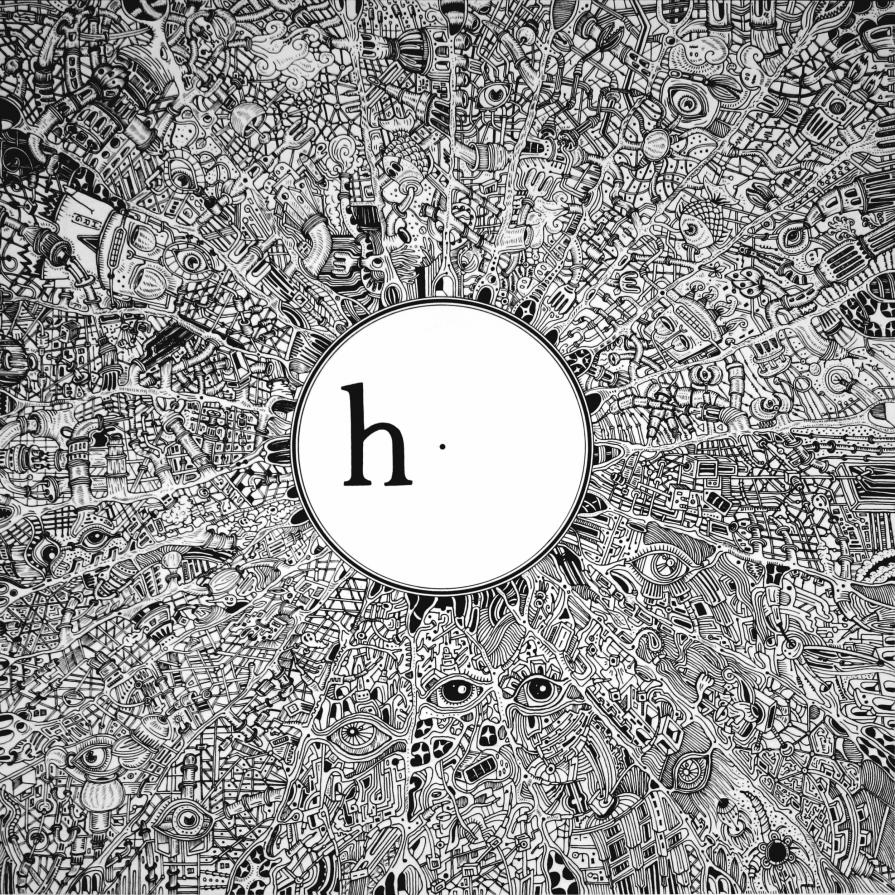














Comments 0
Say something